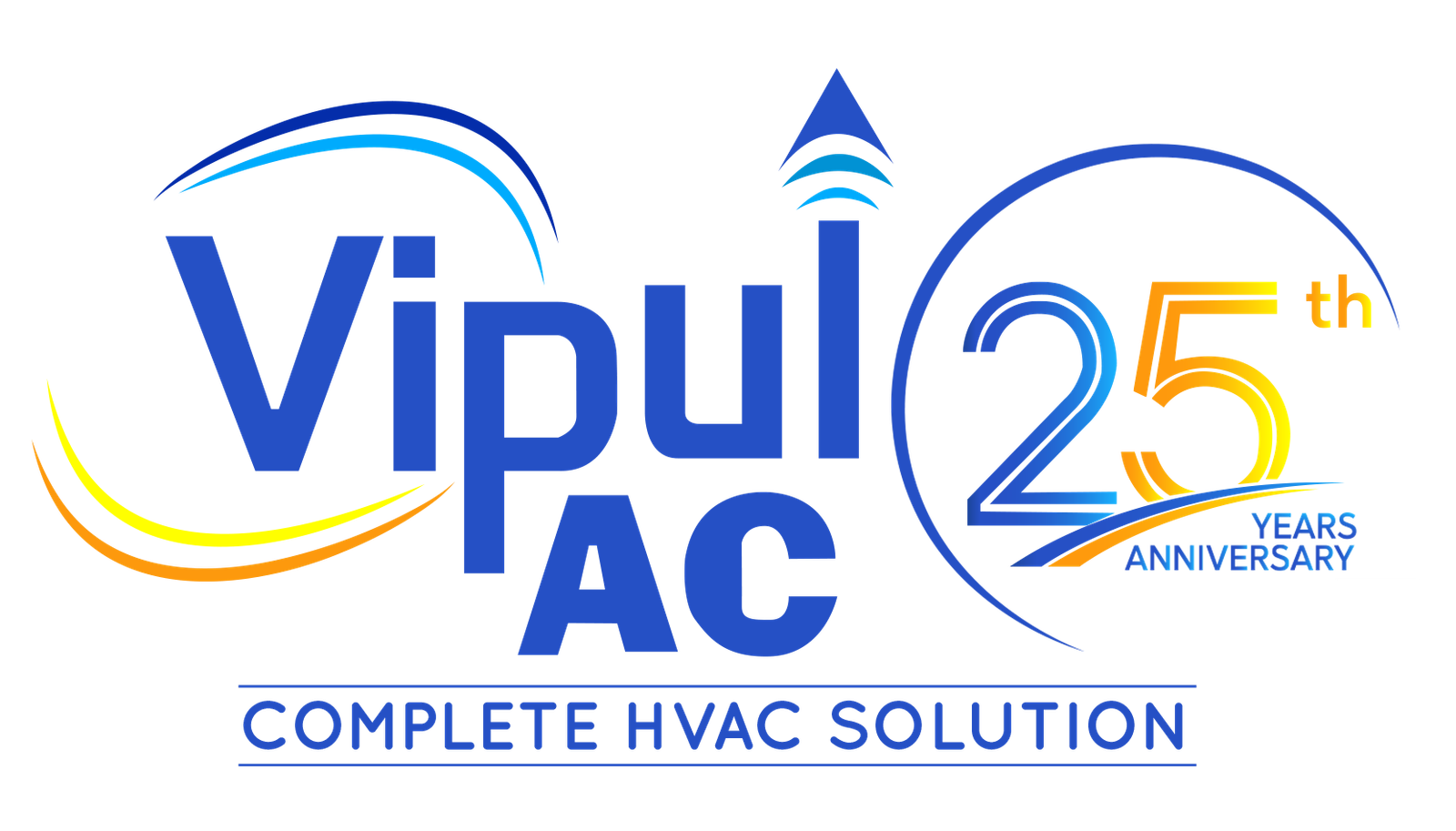Jet cleaning in air conditioning (AC) refers to a thorough cleaning process that uses high-pressure water jets to remove dirt, dust, mold, and other contaminants from the AC unit’s various components. This method is particularly effective for cleaning the evaporator coils, condenser coils, and filters, ensuring optimal performance and efficiency. Here’s a detailed breakdown of the jet cleaning process and its benefits:
Components of Jet Cleaning
- High-Pressure Water Jet:
- A specialized tool that sprays water at high pressure to dislodge and wash away accumulated dirt and debris from the AC components.
- Cleaning Solution (Optional):
- Sometimes, a mild cleaning solution or detergent is used along with water to enhance the cleaning process, especially for stubborn dirt and grime.
- Protective Measures:
- Ensuring that electrical components are adequately covered or disconnected to prevent water damage during the cleaning process.
Steps Involved in Jet Cleaning
- Preparation:
- Disconnect the AC unit from the power supply to ensure safety.
- Remove any outer panels or covers to access the internal components.
- Initial Inspection:
- Inspect the AC unit to identify areas with heavy dirt buildup or mold growth.
- Check for any signs of damage or wear that may require attention.
- Application of Cleaning Solution:
- Apply a cleaning solution to the evaporator and condenser coils, allowing it to sit for a few minutes to loosen dirt and grime.
- High-Pressure Water Jet Cleaning:
- Use the high-pressure water jet to clean the coils, filters, and other accessible parts of the AC unit.
- Direct the water jet in a way that removes dirt without damaging the delicate fins of the coils.
- Rinsing and Drying:
- Rinse off any remaining cleaning solution with the water jet.
- Allow the unit to dry completely before reassembling and reconnecting to the power supply.
- Final Inspection and Testing:
- Reassemble the AC unit and conduct a final inspection to ensure all components are clean and undamaged.
- Turn on the AC to check if it is operating efficiently and without any issues.
Benefits of Jet Cleaning
- Improved Efficiency:
- Removing dirt and debris from the coils and filters improves the heat exchange process, enhancing the AC’s cooling efficiency and reducing energy consumption.
- Better Air Quality:
- Thorough cleaning eliminates mold, bacteria, and allergens, resulting in cleaner and healthier indoor air.
- Extended Lifespan:
- Regular jet cleaning prevents the buildup of contaminants that can cause wear and tear, thereby extending the lifespan of the AC unit.
- Reduced Maintenance Costs:
- Keeping the AC clean reduces the likelihood of breakdowns and the need for costly repairs.
- Enhanced Cooling Performance:
- A clean AC unit cools the room more effectively and quickly, providing better comfort during hot weather.
When to Perform Jet Cleaning
- Regular Maintenance: It’s recommended to perform jet cleaning at least once or twice a year as part of regular maintenance.
- Pre-Season Preparation: Before the onset of summer or winter, a thorough cleaning ensures the AC operates efficiently during peak usage times.
- Visible Dirt or Mold: If you notice visible dirt, mold, or reduced cooling performance, it’s time for a jet cleaning session.
- After Heavy Use: Following periods of heavy use, such as during a particularly hot summer, a thorough cleaning helps maintain the unit’s performance.
Conclusion
Jet cleaning is an effective method for maintaining the cleanliness and efficiency of an air conditioning unit. By using high-pressure water jets, this process ensures that the internal components of the AC are free from dirt, dust, and other contaminants that can hinder performance. Regular jet cleaning not only improves cooling efficiency and air quality but also extends the lifespan of the AC unit, making it a valuable maintenance practice for any air conditioning system.
Looking to install a commercial HVAC System or Duct work in your Business Area?
Contact Vipul Ac to learn about our HVAC Service
Call +91 9825636606 Today.
